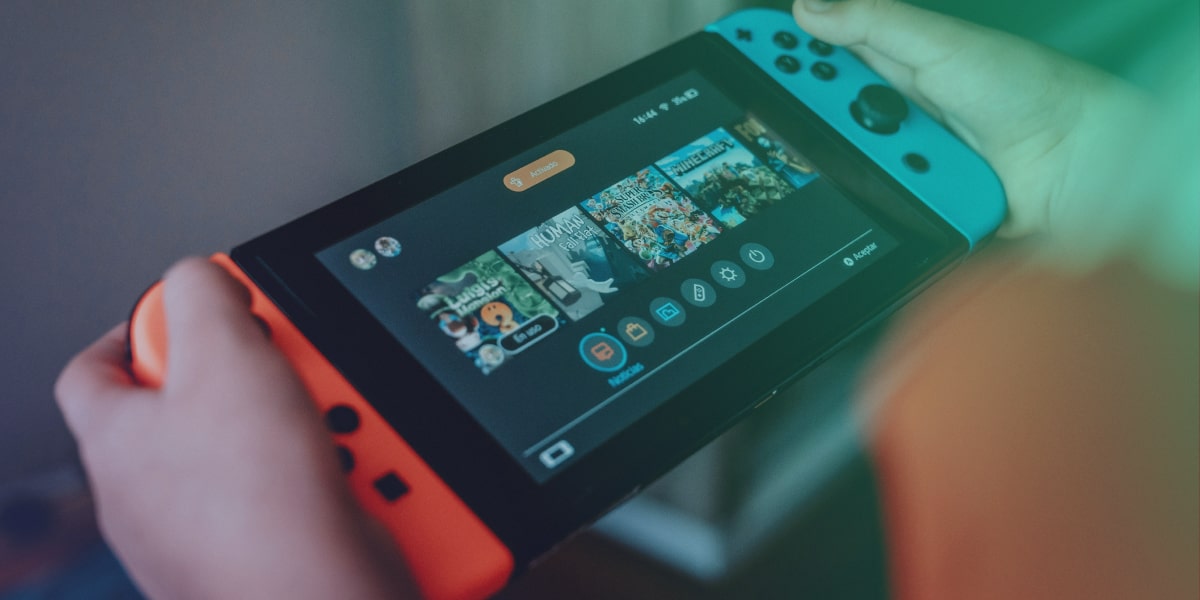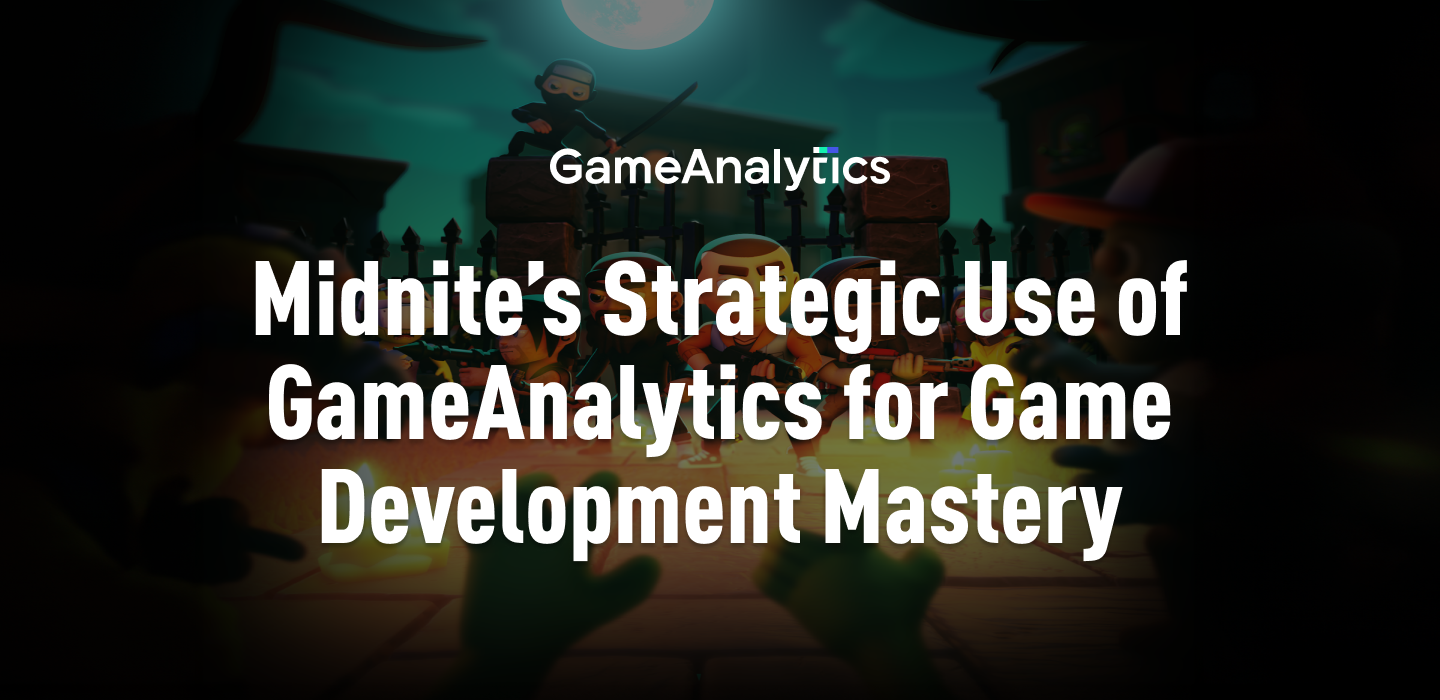Once your mobile game has had time to mature, it might be worth developing a version for console or PC. If you’re looking to port the other direction, from console to smartphone, check out our blog on adapting games for mobile.
In this article, we’ll look at how porting to consoles or PCs could help extend the lifespan of your game, bring in more revenue, and the challenges you’ll face.
What are the benefits of porting your mobile game?
Not every game is suitable to port over to PC or mobile. The platforms have vastly different requirements and player expectations. However, this shouldn’t deter you from exploring the option.
Porting can open your game to a new market
The mobile gaming market holds around half the overall gaming revenue in the world – consisting of around $92 billion. However, it’s worth remembering that console and PC markets still make up the other half.
While there’s an overlap of players, porting your game gives it more visibility, opens up new revenue streams, and provides new opportunities to reach a wider audience.
It isn’t just porting your game that can help you take advantage of the PC and console markets. Cross-platform play is becoming increasingly common, as we explored in our trends for 2024.
The advantages of launching on a new platform are similar to launching in a new country. Not only do you reach those new players, but you can celebrate the launch, reach out to press, and keep your game present in the zeitgeist.
It also gives more choice to your current players. If they can play on their PC or console, as well as their smartphone, they’re far more likely to continue.
Porting increases your return on investment
The cost of porting an existing game is typically lower than going through the whole game lifecycle – half the initial cost, according to iLogos Game Studios.
This is borne out when we look at the figures. In a post from Kevuru Games, elementary 2D games cost up to $10,000 to develop, causal games cost up to $50,000, and mid-level games cost up to $120,000. As a benchmark, they claim that Angry Birds cost around $140,000 to develop.
Meanwhile, iLogos Game Studios estimates it costs around $5,000 to $20,000 to port simple games. Although, for more complex games that can rise to between $20,000 and $100,000.
This makes it a viable option for publishers with an already successful title. Being able to reach the other half of the gaming market, while costing only half your initial development is a far better return on investment than taking a risk on a completely new title.
Porting can lead to increased session length
People tend to play for longer on PC and console than they do with mobile. The average session length of a mobile gamer is around 30 minutes to an hour. The average for console gamers is an hour to two hours.
This was even more prominent when you look at the extremes – an additional 20% of console gamers said they play between two and four hours, compared to only 10% of mobile gamers.
These increases in session length can directly lead to more in-app purchases. The longer people play, the more likely they’ll pay.
What are the challenges to porting your game?
There are plenty of reasons to port your mobile game to another platform. However, there are a few challenges you’ll need to consider before you start the journey.
Advertising is uncommon on PC and console
This trend is changing. While it’s a relatively new and unexplored market right now, Microsoft and Sony have both announced that they’re looking to bring advertising to their games. The difference is that most advertising on consoles or PCs tends to be more subtle native advertising, where the ads are a part of the scenery and world.
Because advertising is still an emerging trend, free-to-play console and PC games rely on microtransactions and subscriptions for their revenue. With that in mind, you’ll need to carefully analyze your data to identify the best strategy. You can also look at other creative ways to increase your revenue on our blog, such as merchandising and IP deals.
The development takes time
Though there are fewer costs associated with porting a game than developing one from scratch, there are technical challenges to consider. The game engine and programming language you use could be unsuitable for the new platform.
After rewriting sections of your code, you’ll also need to make sure that you’ve optimized your game for the new platform. There are different hardware and resolutions to consider, which may need additional options in your settings.
Controls and interfaces might need revisiting
How players interact with your game on PC and console is very different from mobile. Certain mechanics and inputs can be physically impossible to replicate identically. Likewise, your user interface might not be optimized for different controllers. For example, moving items around an inventory can be very different between console, PC, and mobile due to the different ways people interact with the menu.
Data is key to finding the right balance
You’ll need to experiment with subtle variations between platforms. For example, you might show offers at longer intervals than you would on mobile, make levels more difficult to compensate for more dexterous input devices, or adjust user interface elements to be more intuitive. If you need help in this regard, we have a guide on how to run A/B tests using our platform or check out how we can help with your live ops.
You will also need to amalgamate the data from all your versions to see what trends are specific to a platform and which are generalized to your game design. If you need to collect and study data from multiple platforms, look at our DataSuite.





















Discussion about this post